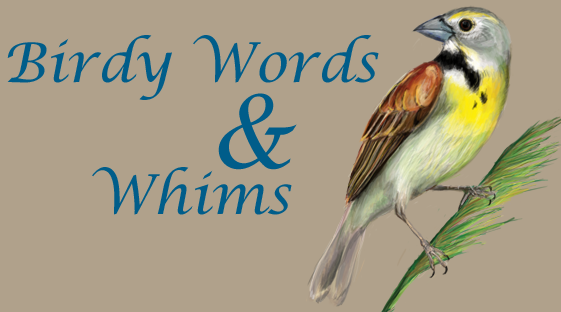When it comes to tree identification, of course the most helpful tool is using the leaves. Even during the fall or winter you can pick leaves up off the ground and learn a bit about the vegetation around you.
A little bit about leaves with lobes...
One way to identify leaves is whether or not they are "lobed." Some familiar lobed leaves are Oak and Maple. But there are a few different species in these groups you can learn.
 On our study sites, we have several different species of Oak, including Red, White, Burr, Black, and Swamp White. The two leaves pictured above are White (left) and Red (right), two of our more common species. The big thing to look for here is that White Oak leaves have rounded lobes and Red Oak have pointed lobes. It's that easy! But be careful, White oak can also be confused with Swamp White and Burr, which also have rounded lobes. And Red Oak and Black oak both have pointed lobes. Here, it's important to recognize the different patterns and the amounts of space on the leaves instead.
On our study sites, we have several different species of Oak, including Red, White, Burr, Black, and Swamp White. The two leaves pictured above are White (left) and Red (right), two of our more common species. The big thing to look for here is that White Oak leaves have rounded lobes and Red Oak have pointed lobes. It's that easy! But be careful, White oak can also be confused with Swamp White and Burr, which also have rounded lobes. And Red Oak and Black oak both have pointed lobes. Here, it's important to recognize the different patterns and the amounts of space on the leaves instead.Another lobed leaf plant, Maple. It's absolutely everywhere in our woods at Kickapoo Valley Reserve, especially Sugar Maple. See if you can tell the difference between these two saplings.

 Which one is Red Maple? Well in this case, the color gives it away, but it's not always that easy. During the middle of summer all Red and Sugar maple will have dark green leaves. The thing to look for is the fringe. Sugar maple leaves are more smooth while Red Maple has a more jagged edge. Another hint is that in springtime, Red Maple will have red flowers.
Which one is Red Maple? Well in this case, the color gives it away, but it's not always that easy. During the middle of summer all Red and Sugar maple will have dark green leaves. The thing to look for is the fringe. Sugar maple leaves are more smooth while Red Maple has a more jagged edge. Another hint is that in springtime, Red Maple will have red flowers.Some things to look for in non-lobed leaves...
 The giveaway for this leaf is its shear size. This is a Basswood leaf and it is much bigger than the rest of the leaves on the ground. It also has an asymmetrical base, one side dips a little lower than the other. As opposed to other non-lobed leaves, such as elm and others, this one is especially rounded.
The giveaway for this leaf is its shear size. This is a Basswood leaf and it is much bigger than the rest of the leaves on the ground. It also has an asymmetrical base, one side dips a little lower than the other. As opposed to other non-lobed leaves, such as elm and others, this one is especially rounded. These two leaves pictured above, are both aspen. They look a little similar, but one is from a Big-toothed Aspen and one is from a Quaking Aspen. See the difference? The Big-toothed has big teeth! This is referring to the edge of the leaf which creates a toothlike pattern. The Big-tooth has large dips between the teeth whereas the quaking does not. Another obvious difference here is the size. Of course, on a given tree, leaves will range in size, but as for this Quaking leaf that is about as big as it will get. Also, Quaking Aspen leaves often "quake" or flicker rapidly in the breeze, giving them their name.
These two leaves pictured above, are both aspen. They look a little similar, but one is from a Big-toothed Aspen and one is from a Quaking Aspen. See the difference? The Big-toothed has big teeth! This is referring to the edge of the leaf which creates a toothlike pattern. The Big-tooth has large dips between the teeth whereas the quaking does not. Another obvious difference here is the size. Of course, on a given tree, leaves will range in size, but as for this Quaking leaf that is about as big as it will get. Also, Quaking Aspen leaves often "quake" or flicker rapidly in the breeze, giving them their name.OK a little about birds too....
Since it's already the second week of May, spring migration is in full swing!! I've been seeing or hearing a new bird almost everyday. Yesterday it was a Red-eyed Vireo and today it was a Swainson's Thrush. Unfortunately, the birds are way up high in the trees and busy as ever, making it hard for me to take pictures of them! So all I have is a lovely yard bird during its migratory stop-over, a White-crowned Sparrow.

The local House Sparrow seems to be telling the White crown (on the right) he is not welcome in this brush pile, but he seems to be sticking around for a few days anyway, which is quite all right with me.



No comments:
Post a Comment